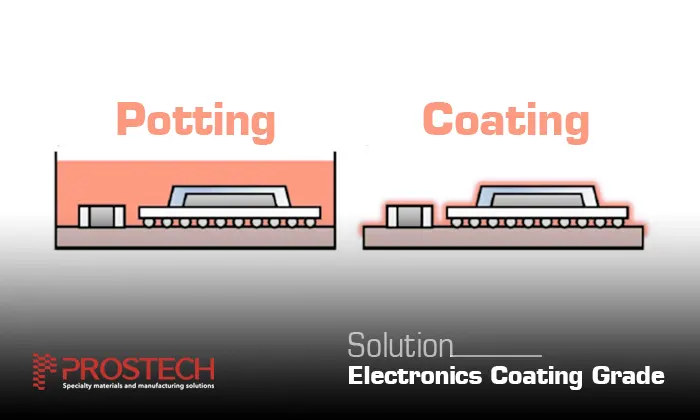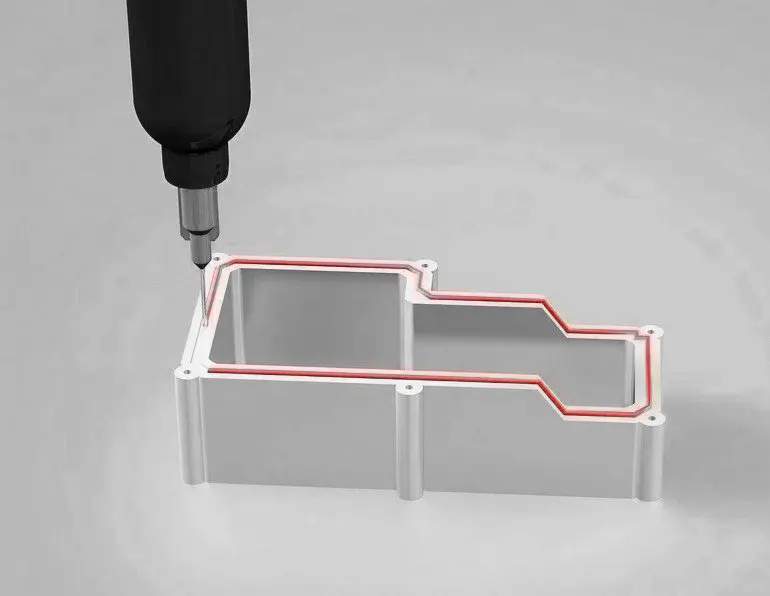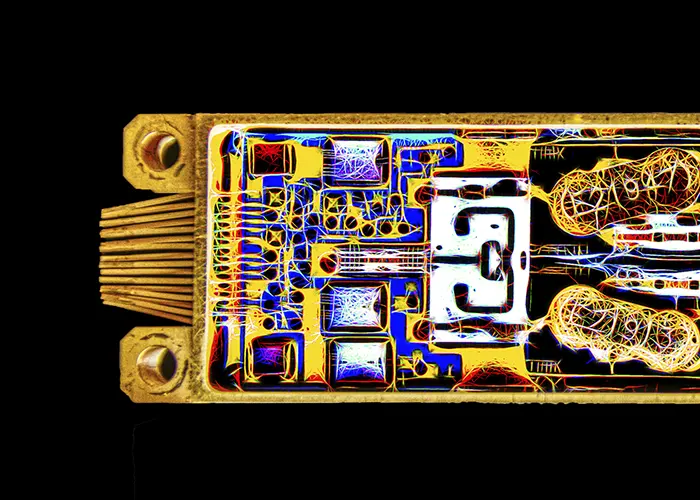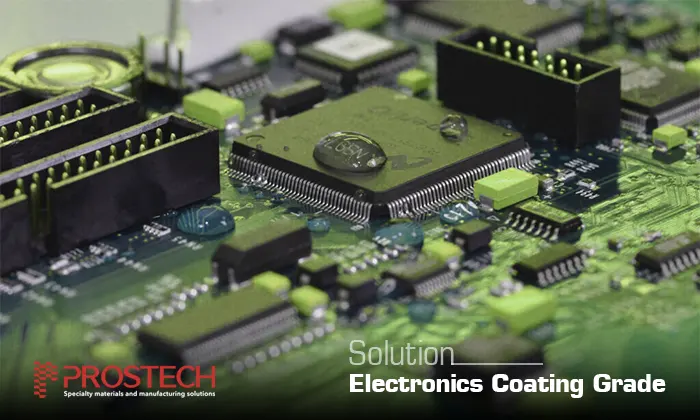When water enters electronics, it leads to an increase in dielectric constant, triggers ionic corrosion, and encourages the development of tin whiskers.

As a result, electronics undergo a degradation process that results in sporadic malfunctions and eventual breakdown. Water can either directly touch the electronics, diffuse through them, or condense as a result of higher levels of relative humidity (RH). Regardless, its impact will be harmful.
In order to safeguard sensitive electronic components from environmental contaminants like water, moisture, sulfur, pollution and grime, it is essential to make them waterproof. Failure to do so may result in quick corrosion of the components, leading to electrical shorts, poor performance and device failure.
How to waterproof your electronic devices?
Applying a protective layer onto the printed circuit board
All electronic devices rely on Printed Circuit Boards (PCBs) and their components as fundamental components. To prevent moisture damage, the protection of PCBs and their components starts during manufacturing, with coating methods being the most widely used. These methods are categorized as Potting and Conformal coatings.

Potting involves the complete encapsulation of the PCBA in a potting substance, such as epoxy resins or silicone urethane gels. This is distinct from conformal coatings, which is to apply a thin layer onto the PCB surface.
Despite using the same materials, PCBAs that are conformally coated weigh less than those that are potted. The use of conformal coatings offers benefits in terms of reducing the form factor, such as weight and space, of electronic products like smartphones.
Some conformal coating product lines are specially made for waterproofing purposes:
3M Novec Conformal Coating: 3M Novec 2704 and 2708
Techspray Conformal Coating: Fine-L-Kote SRV Silicone Conformal Coating
One another method to protect your PCB is Low-Pressure Molding Method. You can refer to the total solution of this method here.
Reinforcing the connection of electronic components on your PCBs
Grease is predominantly employed in connectors, switches, relays, and sliding parts as a means of combating moisture.

To make electronics waterproof, after taking measures to prevent moisture at the component level, an enclosure is needed to keep water out of the circuitry. A typical enclosure won’t do if the system is used in a tough environment since even small gaps can let moisture in. To ensure a watertight seal, rubber gaskets are employed to close the enclosure lids and silicone is used to seal any wiring glands.
Dielectric grease/ adhesive is recognized for its ability to enhance insulation and hinder electrical connections by creating a barrier against moisture infiltration. Due to its hydrophobic properties, it is not easily washed away by water. Dielectric grease is particularly effective in high voltage situations as it raises the breakdown voltage between insulators in the presence of moisture. On the other hand, conductive grease is a different type of grease that prevents electrical connections from corroding by repelling water. It is commonly used in roller bearings as it prevents static charge buildup and safeguards against moisture. However, conductive greases should never be utilized in high-voltage scenarios. Lastly, silicone grease is another type of grease that is waterproof and ideal for use in extreme environments.
Furthermore, you need to reinforce cable connections by applying liquid electrical adhesive to the exposed portions of cables or wire connections. This provides insulation and helps prevent water infiltration.
Applying sealing or gasketing material around the cover of electronics devices

To make electronics waterproof, after taking measures to prevent moisture at the component level, an enclosure is needed to keep water out of the circuitry. A typical enclosure won’t do if the system is used in a tough environment since even small gaps can let moisture in. To ensure a watertight seal, rubber gaskets are employed to close the enclosure lids and silicone is used to seal any wiring glands.
You can discover more about sealing and gasketing solution here
The sealant & gasketing maker can be formulated by various chemical base. However, one of the most popular water resistant sealant is RTV Silicone. When fixing gaskets, RTV silicone is occasionally utilized as an additional sealant. RTV silicone is an excellent moisture barrier and has a longer lifespan than standard silicone. To ensure dry operating conditions, electronic assemblies now employ specialized enclosures that are waterproof.
International Certification – Test for your device waterproof capacity

The IP rating, also known as Ingress Potential, is a useful tool for assessing the risk and characteristics of a component and its protective measures. This international standard (IEC 60529) rates the effectiveness of sealing in electrical enclosures to determine the appropriate environment for a given electrical component. The IP rating consists of two digits: the first indicating the component’s resistance to solid objects, and the second indicating its moisture protection level. Figure 2 illustrates this concept. To achieve true waterproofing, gaskets, RTV, and silicone are used to protect against moisture and other contaminants.
It is important to note that modifying electronic devices may void their warranties and can be challenging, depending on the device’s complexity. If you’re unsure about the process, it’s advisable to consult a professional. Meeting the experts in Philippines:






